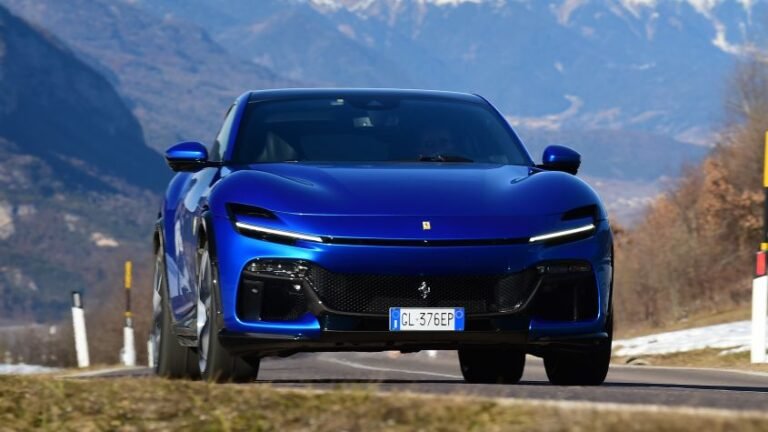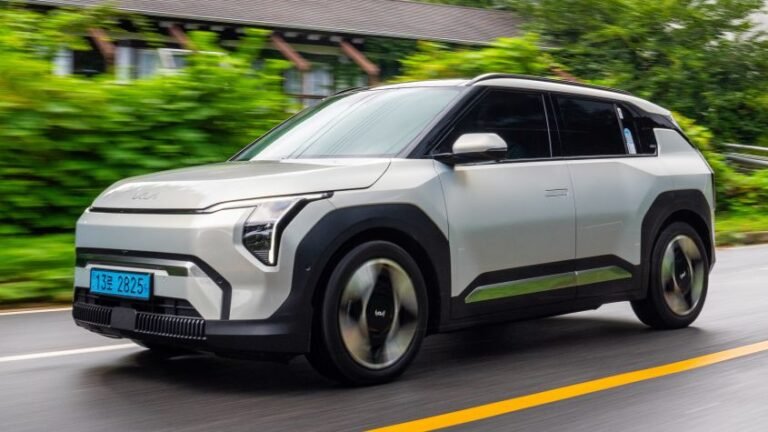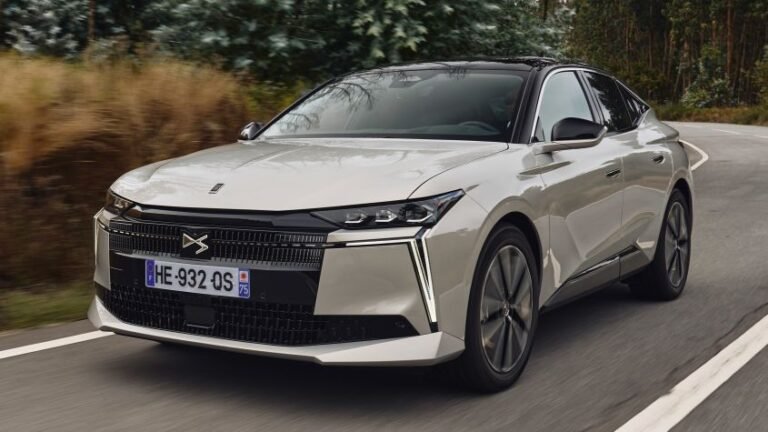
The RAV4’s greatest rival was a hit from the start
A staple of the Honda lineup for years, the CR-V compact crossover has just turned 30. Yes, this RAV4 rival was officially introduced in Japan three decades ago, when the first generation went on sale there.
Since then, the CR-V has become Honda’s best-selling individual model in several markets, including the United States. Cumulative global sales of the CR-V have now surpassed 15 million units, and the crossover is sold in about 150 countries.
The CR-V successfully nailed the basics—every generation has been practical, relatively efficient, and mostly upheld Honda’s reliability reputation. But the CR-V has also been an innovator, especially with regard to its powertrains. Here’s a look at four pivotal CR-V models through the years.
Related: Honda CR-V Generations Overview: Honda’s Most Important Crossover
1. 1997 Honda CR-V: The Original

In the United States, the CR-V story started here with the first-generation model, which arrived for the 1997 model year. A four-cylinder engine produced just 126 horsepower, and it used either a five-speed manual or four-speed automatic.
It had a four-wheel double wishbone suspension that ensured a smooth ride and assured handling, and features like a foldout picnic table and the tailgate-mounted spare wheel endeared it to adventure-minded customers who may otherwise have defaulted to a Civic.
Not only did the original CR-V set the standard for future CR-Vs, but also Honda’s entire SUV lineup for years to come.
2. Third-Generation Honda CR-V: The Best-Selling SUV In America
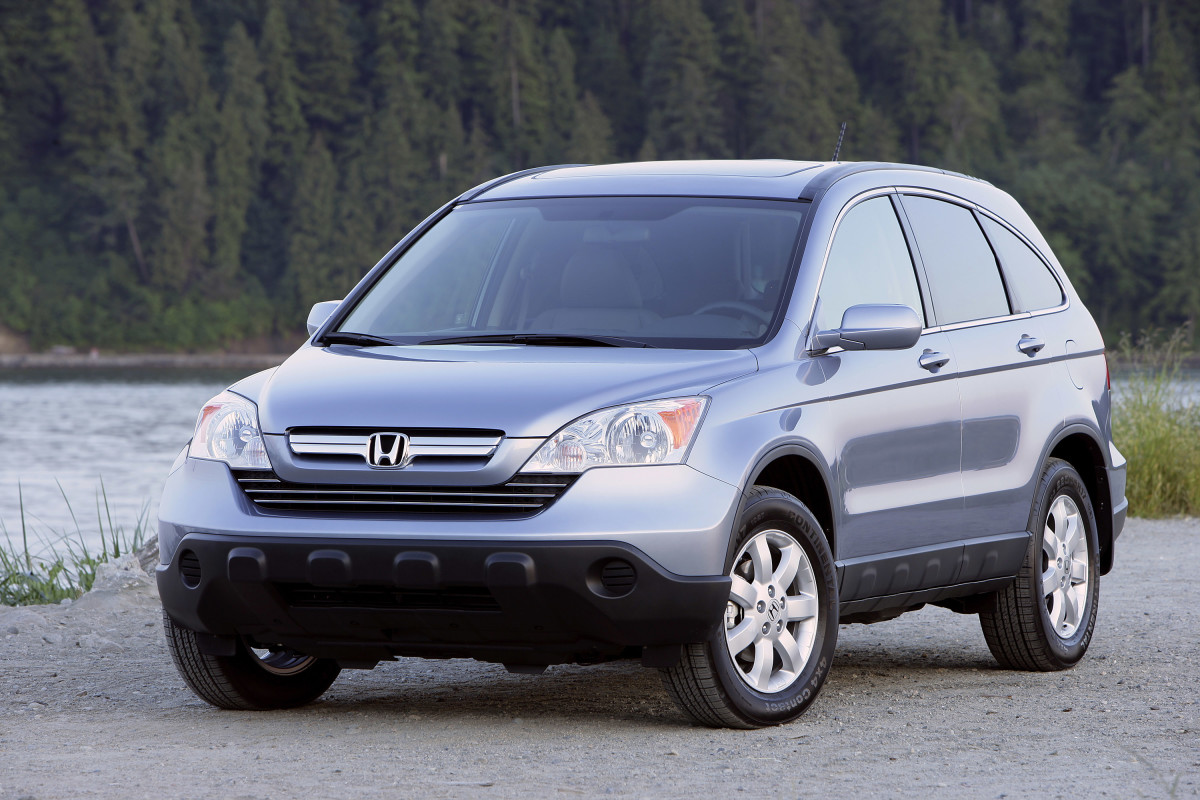
Honda
For 15 years, the Ford Explorer held the title of America’s best-selling SUV, but the third-generation CR-V overtook it in 2007. In fact, it retained this honor for four consecutive years.
The third-gen model’s superior refinement, more upscale design, and more powerful 2.4-liter engine garnered a loyal following. It was this generation that switched to an automatic transmission exclusively, with the manual being discontinued. By the end of its run, the 2.4-liter mill produced 180 hp.
While the RAV4 would overtake it on the sales charts in more recent years, the third-gen CR-V dramatically boosted the nameplate’s appeal in the USA.
Related: 2026 Toyota RAV4 Vs. 2026 Honda CR-V: 5 Major Differences
3. Fifth-Generation CR-V: The First Turbocharged And Hybrid CR-Vs
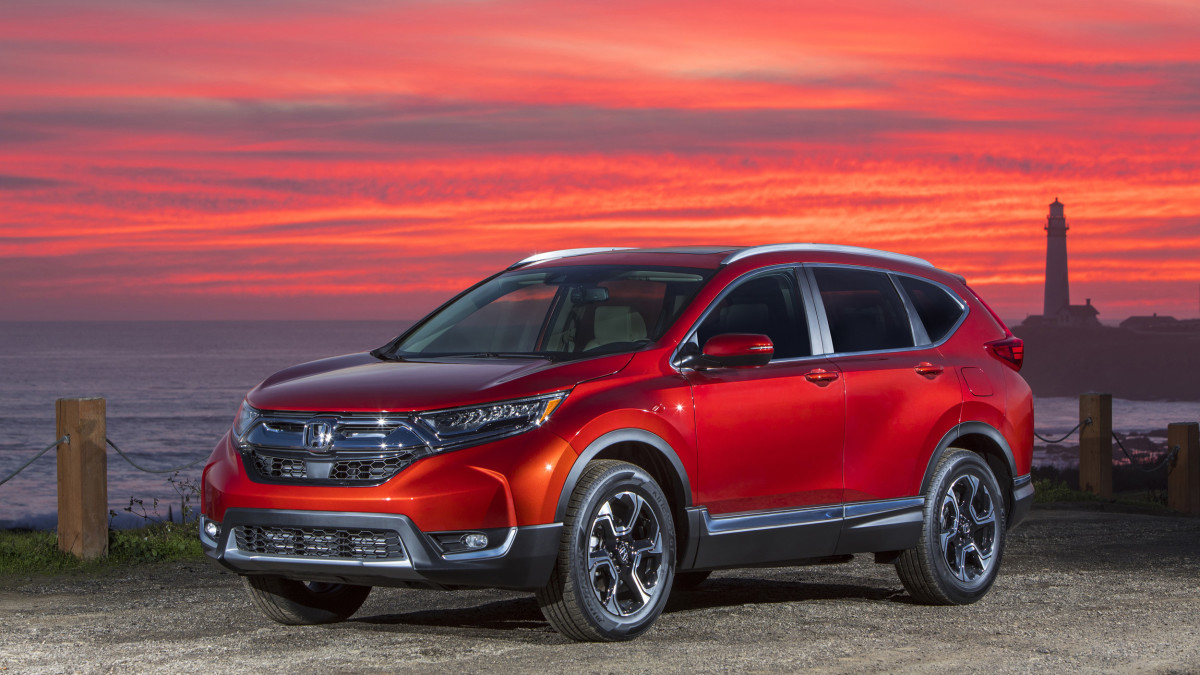
Honda
Having perfected its packaging, Honda turned its attention the CR-V’s powertrains for this generation, with a complete overhaul in the hunt for greater efficiency.
Sold from the 2017 to the 2022 model years, this CR-V debuted the first turbo engine for the crossover. The 1.5L four-cylinder unit makes 190 hp and 179 lb-ft, but the older 2.4L mill hung around for a bit longer—the 1.5L has a better power/efficiency balance but has had some reliability concerns. The 2020 model year marked the arrival of the 212-hp CR-V Hybrid, the first time a hybrid powertrain was used. It initially got 38 mpg combined, 8 mpg better than the non-hybrid CR-V with front-wheel drive.
Safety standards also increased with this generation, with every derivative getting the Honda Sensing suite of technologies.
4. 2025 Honda CR-V e:FCEV
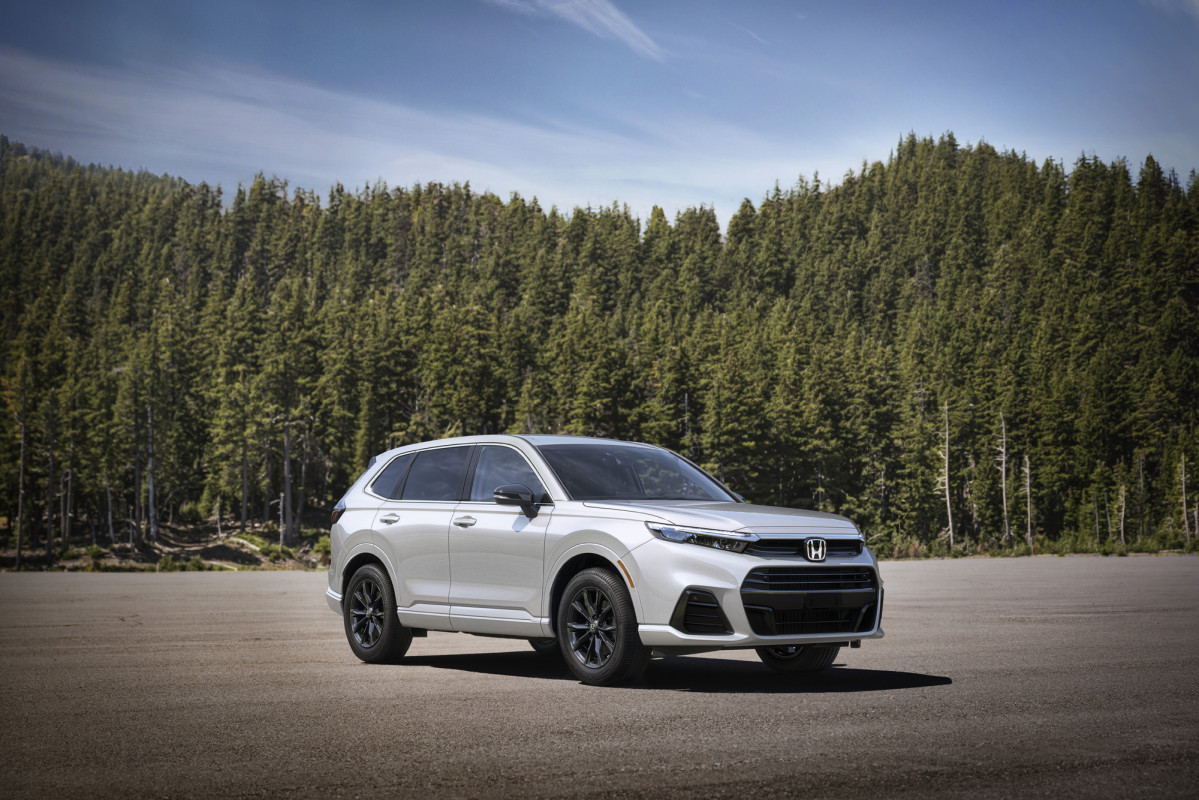
Honda once again showed its drive to explore new powertrain options with the arrival of the CR-V e:FCEV, a hydrogen-powered electric vehicle sold in California only. Its impact will be limited by the scarcity of hydrogen fueling infrastructure, but it could come to be seen as a pioneering model if hydrogen power gains traction.
The CR-V e:FCEV has a battery that can be recharged like a normal EV’s, in addition to its hydrogen refueling capability. It sounds rather complex, but it does address the inconvenience of waiting to charge an EV, while still ensuring there are zero tailpipe emissions.
What’s Next For The CR-V?
A likely next move for the CR-V would be a transition to hybrid-only power, as we’ve seen with the new Toyota RAV4. In September 2025, Honda already achieved record monthly and year-to-date sales for electrified models, driven by hybrid versions of the CR-V, Accord, and Civic. We’d also like to see a performance model with at least 300 hp to match the RAV4 plug-in hybrid, which makes 320 hp for 2026.
Even though it now trails the RAV4 on the sales charts, the CR-V is still a vital model for Honda, and we look forward to seeing how it’ll evolve over the next 30 years.
